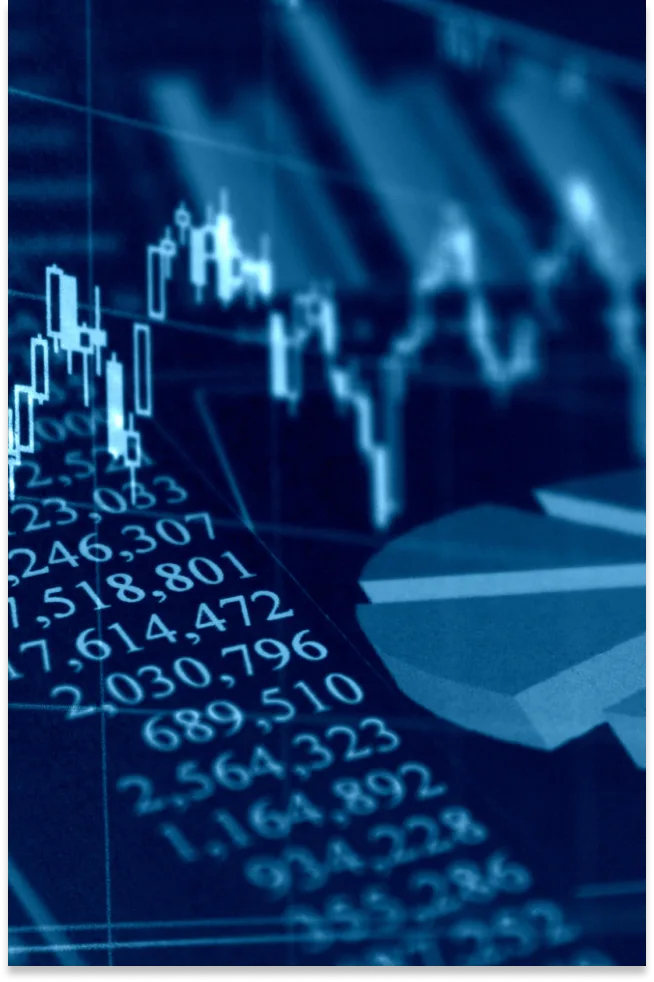
SailPlan’s Charlotte Runzel participated in a panel discussion this week at the Virginia Maritime Association’s International Trade Symposium on Decarbonizing the Supply Chain with experts in the industry, including Heather Wood of CMA CGA, Keith VanBenschoten of Interchange, Randy Bayles of Norfolk Southern Corporation, and Steve Jernigan of Nissan Motor Corporation.
Worldwide, there are commitments and regulatory changes for lowering emissions to decarbonize the supply chain. Shipping is the backbone of our economy, and accounts for 80% of the volume of global trade. At the same time, shipping creates a substantial amount of emissions. The IMO has challenged the shipping industry to cut annual greenhouse gas (GHG) emissions by at least half by 2050, compared to 2008. The maritime industry faces a lot of uncertainty with regards to future regulation, fuel-types, technology, and more to achieve decarbonization, but the IMO’s efforts are sending a signal to the shipping industry that change is coming.
On the topic of decarbonization, Charlotte highlighted the need to directly measure emissions to create climate goals, instead of the industry standard, which is calculating. Calculating emissions takes a lot of time, can be imprecise, and doesn’t give insights into where improvements can be made. SailPlan was founded to help ports and ships understand and report their emissions in real-time. With SailPlan, operators and ports can take a granular view of their emissions to understand how to better optimize their infrastructure.
A member of the crowd asked about the return on investment for climate-friendly decisions. Charlotte talked about how the green choice doesn’t need a green premium. For example, with SailPlan, customers save an average of $767,000 and over 600 metric tons of CO2 per ship, per year. In addition to these concrete measurements, SailPlan is helping customers understand how to improve their inefficiencies. Instead of, for example, a port spending millions of dollars to electrify equipment, they could use SailPlan to pinpoint their inefficiencies in real-time using real-world measurements and focus on how to lower the emissions of existing infrastructure.
When asked about what results SailPlan has seen so far, Charlotte mentioned SailPlan’s partnership with Harvey Gulf. Harvey Gulf used SailPlan’s emission measurement technology to directly measure the outputs of different load scenarios on one of their vessels just last week. Before SailPlan, Harvey Gulf could have used fuel consumption or their input to calculate their emissions, but inputs do not represent the operation of engines and assumes that fuel was combusted fully. Engines are designed to operate at certain temperatures and low loads are suboptimal for engine performance, which can lead to maintenance issues. Additionally, at optimal temperatures, fuel should be coming out as CO2 but at low temperatures, other greenhouse gasses come out such as NOX, propane, particulate matter, and methane. Running this experiment proved to show that story: at low loads, CH4 emissions were really high and CO2 emissions were only a little reduced. So it’s unclear if slowing down your vessel may save carbon dioxide emissions, but slow speeds could be causing all sorts of other problems – emissions wise and for your engine.
The other panelists offered some great insight on specific decarbonization efforts, such as electrification, LNG, solar panels, and more and answered hard hitting questions about the future of the industry. SailPlan was lucky to be side by side with industry leaders who are making a difference.


